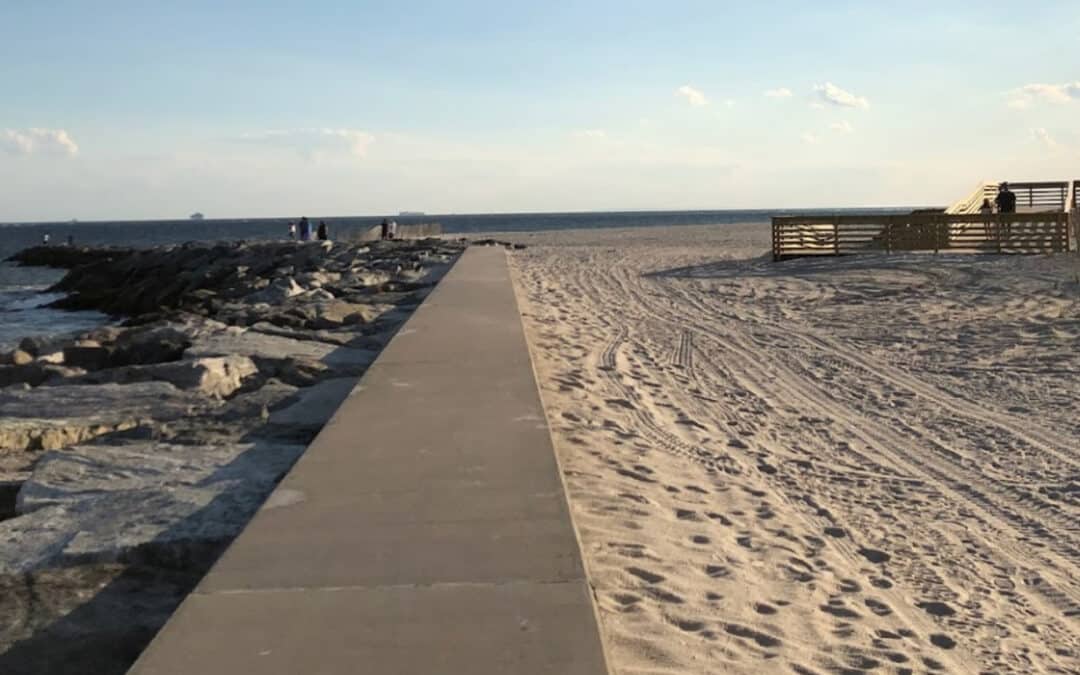Regarding Waterproofing Basement Walls many basements are built in a sub-standard way; thus they tend to take on water. Water puddles and moist walls can be noticed from time to time. Sometimes, even flooding can occur because of rainfall. Wet or damp basements may result in peeling paint, occurrence of mold or for the wood to rot, which, in some cases brings damages to goods kept inside. Hence waterproofing basement walls is necessary.
You can also contact our waterproofing experts here.
Since in most cases, waterproofing basement walls are below the ground, they are susceptible to water damage due to accumulated moisture. Following are some reasons which might result in a wet basement:
- The foundation of the house, if it has cracks, is a certain way for the water to seep in through the floors and basement walls.
- In case the windows, window wells, egress windows or the doors of the basement are not secure, they end up as pathways for seepage.
- Another reason for wet basements is inadequate drainage. Rainwater, if not directed away from home, gets accumulated in the foundation and eventually result in seepage in the basement.
- A lot of times poorly set up drainage system, sloping around the house and even clogged gutters result in improper drainage. In case the land around the house is sloped towards it, water trickles and accumulates in the foundation of the house.
How to waterproofing basement walls
- In order to waterproof the basement walls, you can dig the perimeter around the basement down to the foundation.
- After the first step is completed, clean the walls and look for any cracks or any other such areas which might cause the water to seep in. If any such issues are detected, a coating of hydraulic cement must be applied to block such areas to stop leakage.
- A coat of cement-based sealant is to be applied on all the exterior walls. These sealants are not only easy to apply but also can be used over masonry and concrete surfaces. These will result in the closure and hardening of the concrete pores in terms of waterproofing basement walls.
- A waterproofing membrane needs to be set up to seal the foundation wall and protect it against water from outside.
- A drainage mat with moulded dimples needs to be installed. It has to be ensured that the material used for the same creates an air gap between itself and the wall to make sure the moisture gets diverted to the drain structure.
- Next, the French drain or weeping title should be installed. The pipe, preferably of 4” needs to be installed at the base of the footing sweeping the level of the water below the floor of the basement. It is usually advised to install cleanouts in order to provide an easy access for the purposes of maintenance and waterproofing basement walls.
Waterproofing basement walls is easy and you can learn it too! Be it the costs or the precautions that need to be taken, everything you need to know about waterproofing basement walls is within your reach.

